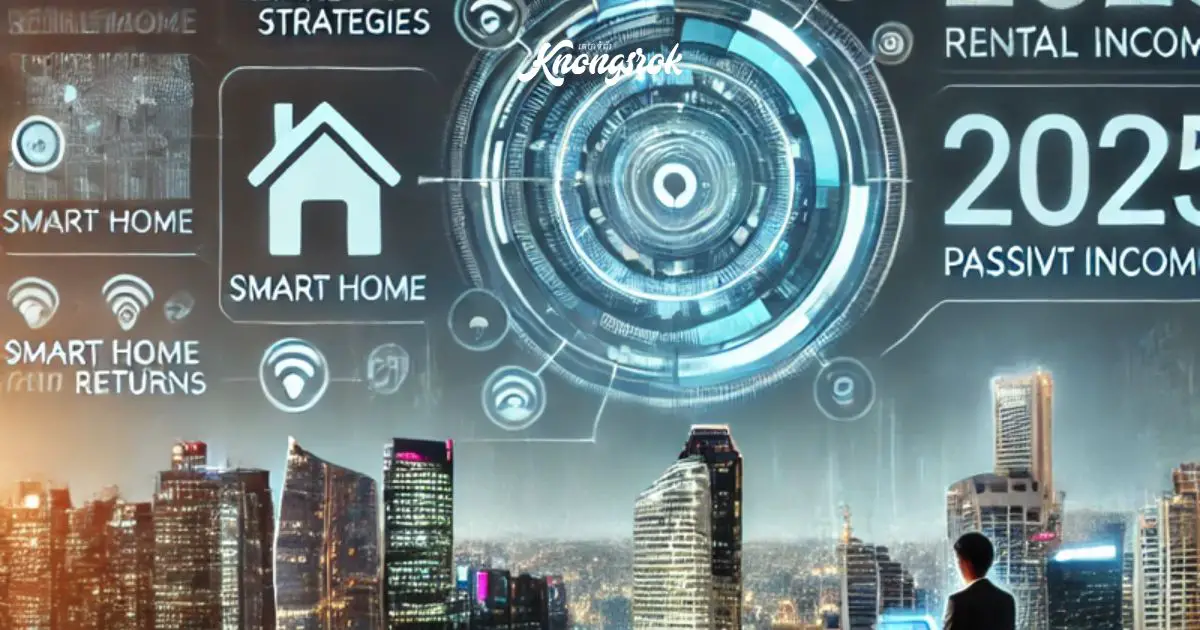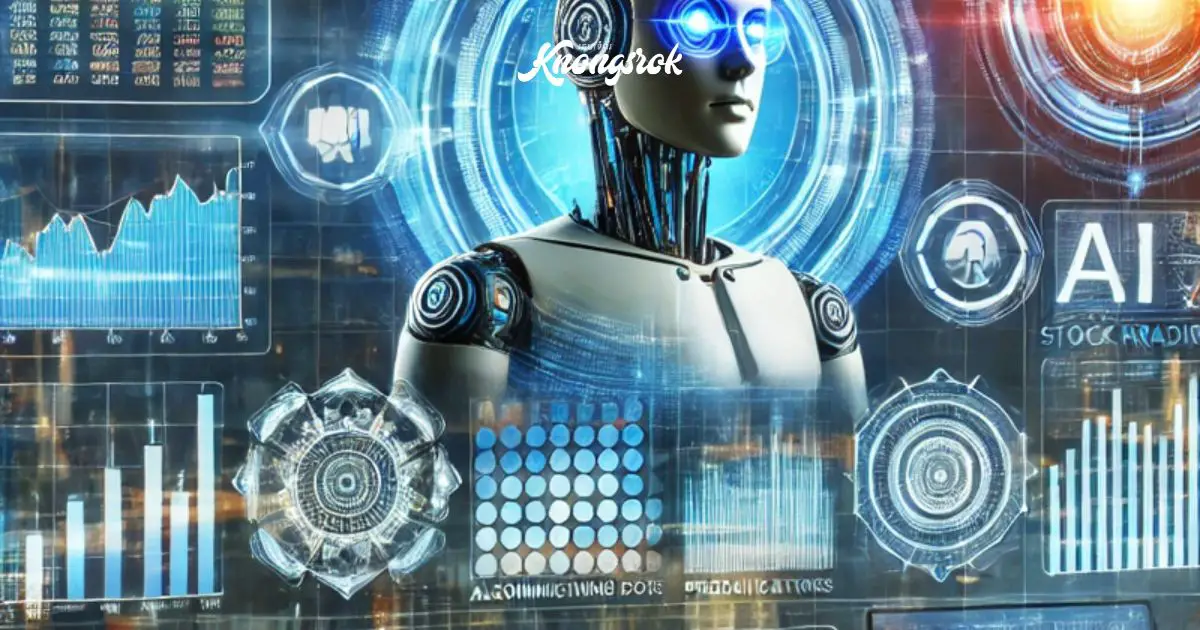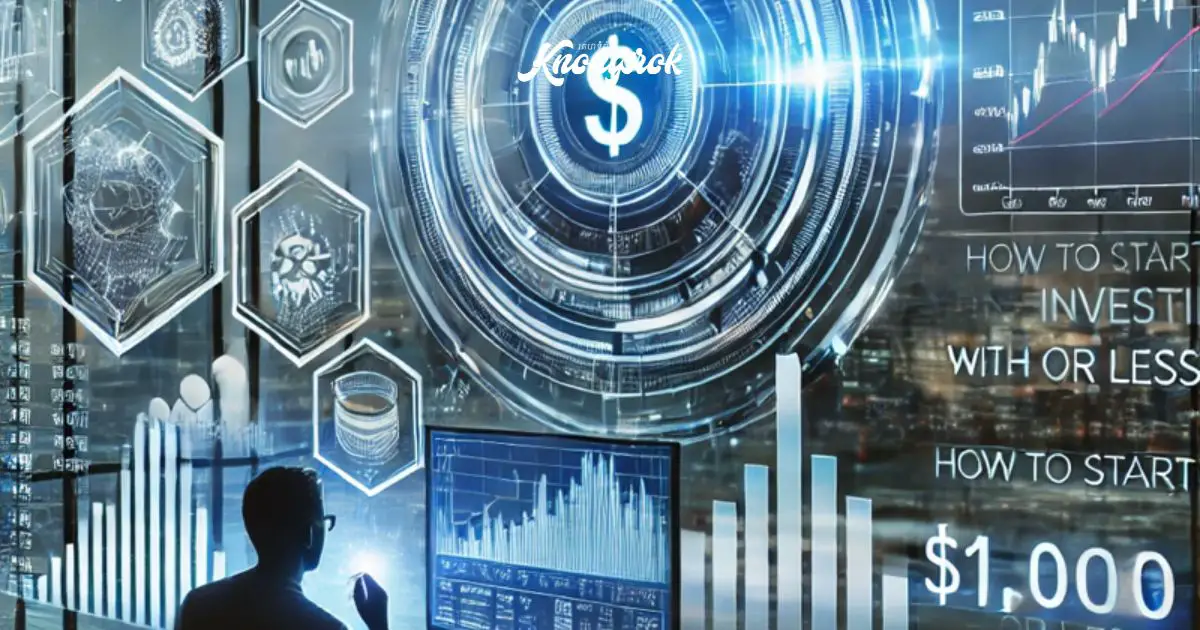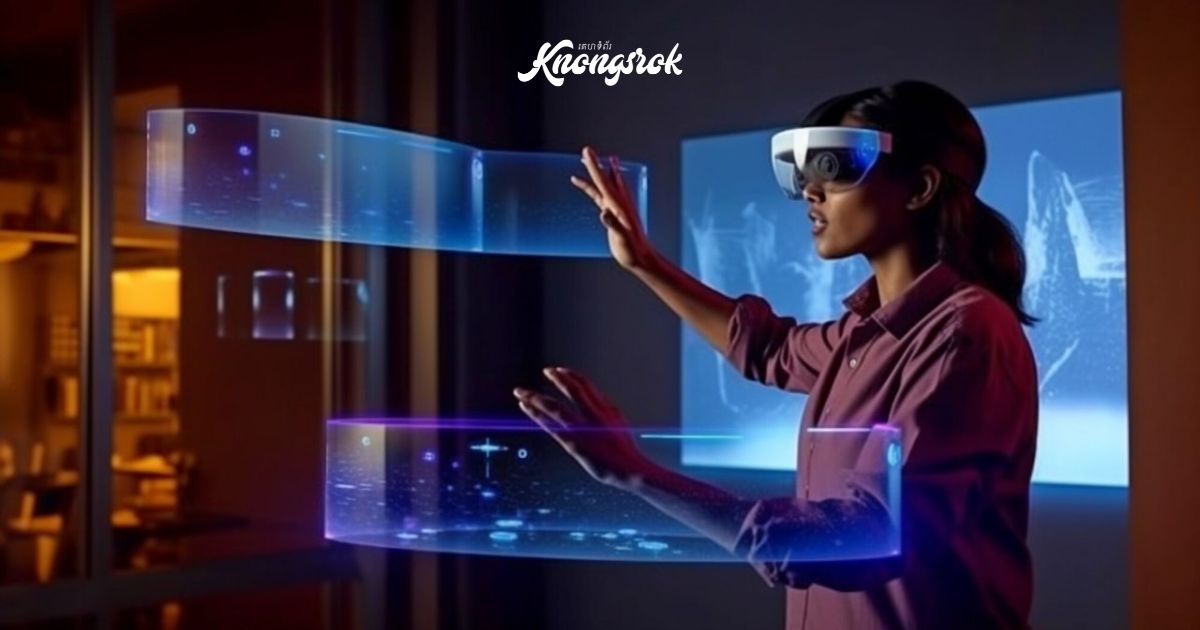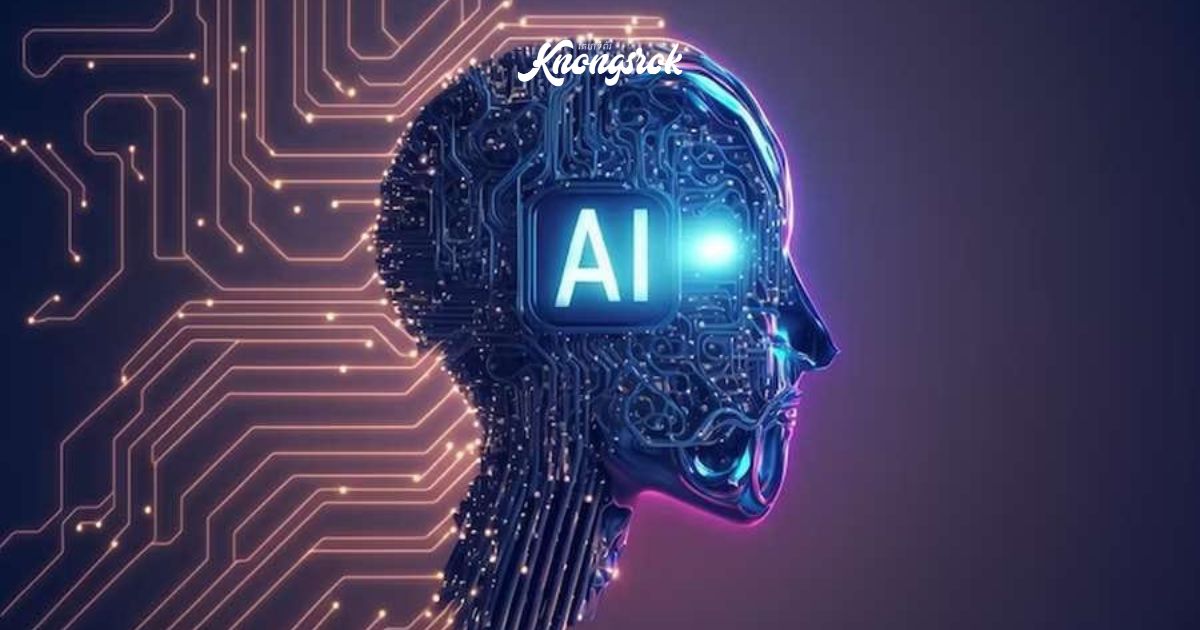5G Revolution: Transforming Connectivity and the Internet of Things (IoT)
The arrival of 5G networks marks a transformative step in global connectivity, enabling faster data speeds, reduced latency, and the ability to connect an unprecedented number of devices. Unlike previous generations, 5G is designed not just for mobile phones but for a vast array of IoT devices, from smart cities and autonomous vehicles to remote healthcare and industrial automation. This revolution in connectivity will redefine how we interact with technology, ushering in a new era of the Internet of Things (IoT).
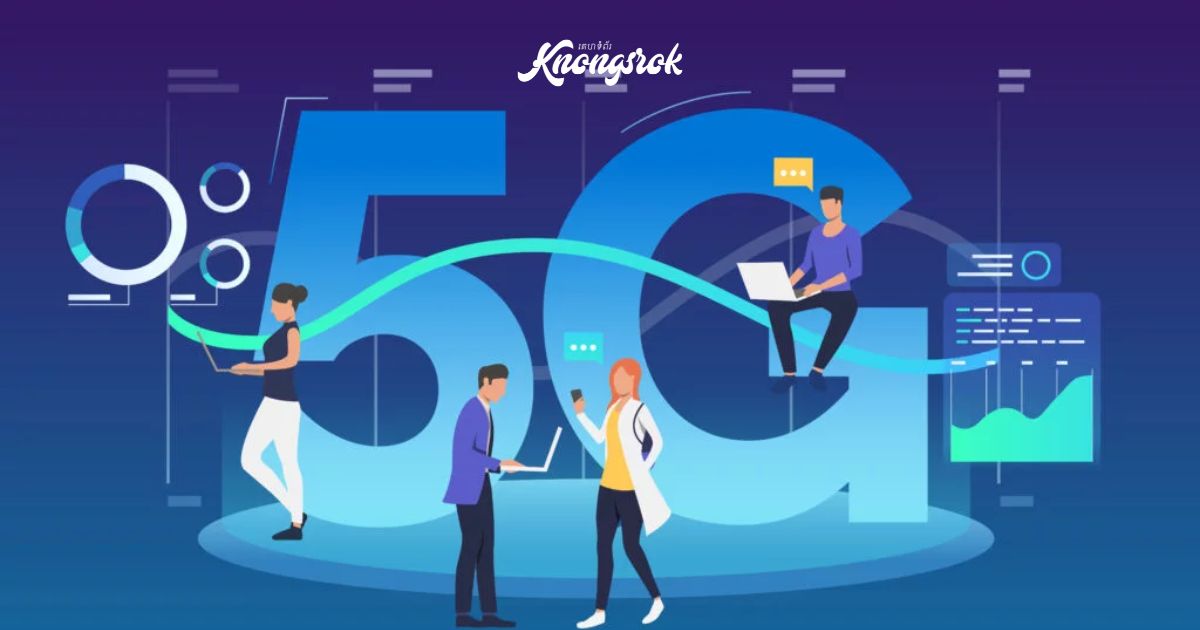
1. Understanding the 5G Advantage
5G brings several critical improvements over previous wireless standards, specifically designed to accommodate the connectivity needs of today’s IoT-enabled world:
•Speed and Capacity: 5G promises speeds up to 100 times faster than 4G, allowing for high-quality video streaming, AR/VR applications, and instantaneous data downloads. This speed is crucial for handling the large volumes of data that IoT devices generate.
•Ultra-Low Latency: Latency in 5G can be as low as 1 millisecond (compared to 30-50 milliseconds on 4G), enabling real-time data exchange. This is essential for applications like autonomous driving, where split-second communication between vehicles and infrastructure can mean the difference between safety and disaster.
•Massive IoT Connectivity: 5G can support up to a million connected devices per square kilometer, making it ideal for IoT ecosystems where numerous devices—sensors, cameras, and wearables—need to connect seamlessly.
These advantages enable 5G to power the next generation of IoT applications, from smart cities and advanced manufacturing to telemedicine and smart homes.
2. 5G and IoT in Smart Cities
Smart cities leverage IoT to improve urban infrastructure, manage resources efficiently, and enhance the quality of life for residents. With 5G, cities can integrate vast IoT networks to gather and analyze real-time data on a city-wide scale:
•Traffic Management: 5G-enabled IoT can optimize traffic flow by connecting vehicles, traffic lights, and sensors in real time. This data allows cities to manage congestion, reduce accidents, and provide seamless travel experiences for residents.
•Energy Efficiency: Smart grids use IoT sensors to monitor energy consumption and optimize power distribution, minimizing waste and reducing costs. With 5G, cities can gather real-time data on electricity usage across an entire urban area, ensuring efficient energy management.
•Public Safety and Emergency Response: Surveillance cameras, environmental sensors, and emergency response systems can coordinate in real time using 5G, helping authorities respond to incidents faster. During natural disasters, 5G networks allow for robust data exchange, providing responders with critical information about affected areas.
3. 5G’s Impact on Healthcare and Telemedicine
Healthcare stands to gain significantly from 5G, as its high-speed, low-latency connections enable advanced IoT applications in telemedicine and patient care:
•Remote Patient Monitoring: Wearable devices connected through 5G can continuously monitor patients’ vital signs and transmit real-time data to healthcare providers. This is particularly beneficial for managing chronic diseases, where timely information can lead to early intervention and reduced hospitalizations.
•Robotic Surgery and Remote Consultations: The ultra-low latency of 5G allows doctors to perform complex surgeries remotely using robotic instruments, giving patients in remote locations access to advanced medical care. Additionally, high-definition video consultations become smoother and more reliable, making telemedicine a viable option for routine check-ups and specialist consultations.
•Medical IoT Devices: 5G-enabled IoT devices, such as smart pill dispensers and glucose monitors, provide real-time data to healthcare providers, enabling personalized and responsive care. This improves patient outcomes and enhances healthcare efficiency by minimizing manual data collection and reducing administrative burden.
4. Industry 4.0 and the Future of Manufacturing
Manufacturing is undergoing a major shift towards automation and data-driven decision-making, often called Industry 4.0. The rollout of 5G networks is accelerating this transformation:
•Smart Factories: In smart factories, 5G-enabled IoT sensors monitor machinery, production lines, and inventory in real time, optimizing workflow and minimizing downtime. Predictive maintenance systems can detect potential equipment failures before they occur, preventing costly disruptions.
•Enhanced Robotics and Automation: Robots and automated guided vehicles (AGVs) are increasingly used in manufacturing for tasks that require precision and consistency. 5G networks allow these machines to communicate and collaborate in real time, improving productivity and safety.
•Supply Chain Optimization: Real-time data from IoT sensors enables companies to track inventory, monitor shipments, and manage logistics more efficiently. With 5G, manufacturers can adjust supply chains dynamically to respond to demand fluctuations or supply issues, increasing flexibility and reducing costs.
5. Connected Vehicles and Autonomous Driving
One of the most promising applications of 5G in IoT is in the field of connected vehicles and autonomous driving. The ultra-low latency and high connectivity of 5G are essential for safe and efficient vehicle-to-everything (V2X) communication:
•Vehicle-to-Vehicle (V2V) Communication: 5G allows cars to exchange data on speed, location, and road conditions, helping to prevent accidents and manage traffic. V2V communication is crucial for developing safer, semi-autonomous driving systems.
•Vehicle-to-Infrastructure (V2I) Communication: Autonomous cars rely on real-time updates from traffic lights, road signs, and other infrastructure. With 5G, vehicles can communicate directly with infrastructure to optimize route planning, navigate traffic, and avoid road hazards.
•Entertainment and Infotainment: 5G-enabled cars can offer passengers a high-speed connection for streaming movies, browsing the internet, and using real-time navigation apps, creating a more engaging in-car experience.
6. Smart Homes and Consumer IoT
With 5G, smart homes are becoming increasingly responsive and interconnected, creating seamless, automated experiences for consumers:
•Connected Appliances and Home Automation: 5G allows household devices to connect reliably and respond instantly to user commands. Devices such as smart thermostats, lights, and security cameras can be integrated into a single ecosystem, allowing for central control and automated responses to changing conditions.
•Wearables and Personal Health: Wearables like fitness trackers and health monitors benefit from 5G’s reliable, high-speed connectivity. With low latency and high capacity, wearables can transmit data to mobile devices and healthcare providers in real time, making health monitoring more accurate and accessible.
•Enhanced Security: Smart security systems can leverage 5G to stream live HD video, detect unusual activity, and alert homeowners instantly. With the reduced latency of 5G, smart homes can react to security threats faster, potentially deterring incidents and ensuring a safer living environment.
7. Challenges and Considerations in 5G and IoT Adoption
While 5G offers significant benefits for IoT, there are also several challenges that must be addressed:
•Infrastructure Costs: Building the necessary infrastructure for 5G networks, especially in rural and underserved areas, is costly and time-consuming. Expanding 5G coverage globally will require substantial investment and regulatory support.
•Data Privacy and Security: As more devices connect to 5G networks, ensuring the privacy and security of user data becomes critical. IoT devices are often vulnerable to hacking, and their widespread deployment requires robust cybersecurity measures to protect personal and corporate information.
•Energy Consumption: 5G networks require significant power, and IoT devices are often energy-intensive as well. Innovations in energy-efficient technology and sustainable practices will be essential to minimize the environmental impact of 5G and IoT expansion.
Conclusion
The 5G revolution is poised to transform connectivity and unlock the full potential of the Internet of Things. With unprecedented speed, capacity, and reliability, 5G will enable smart cities, enhance healthcare delivery, improve industrial efficiency, and support connected vehicles, creating a more interconnected and responsive world. As 5G networks continue to expand and integrate into daily life, addressing challenges related to infrastructure, security, and sustainability will be key to realizing the technology’s full potential. The rise of 5G and IoT promises to redefine the future of connectivity, creating opportunities that were once unimaginable.

